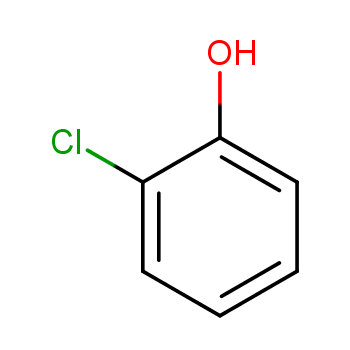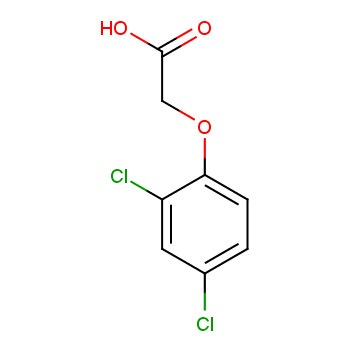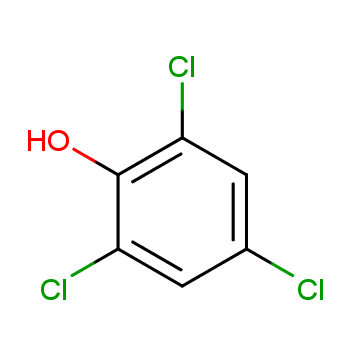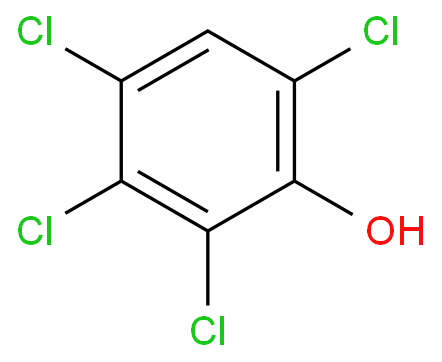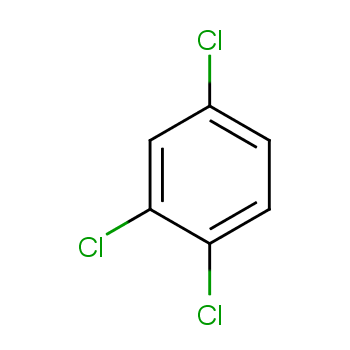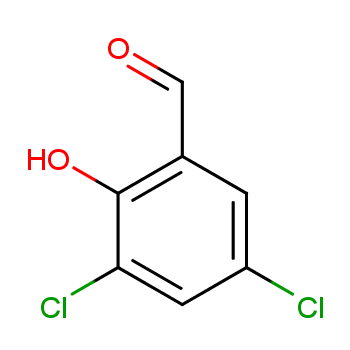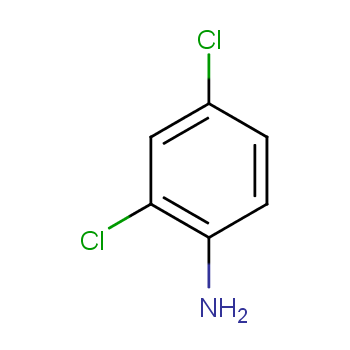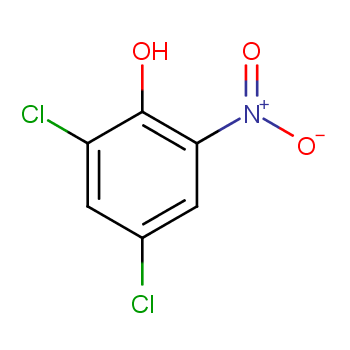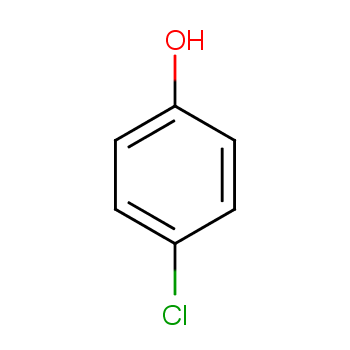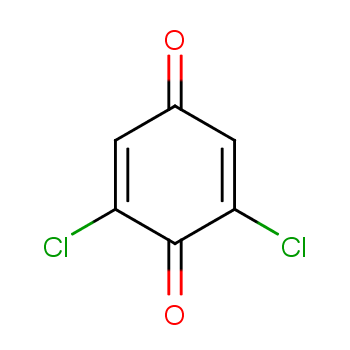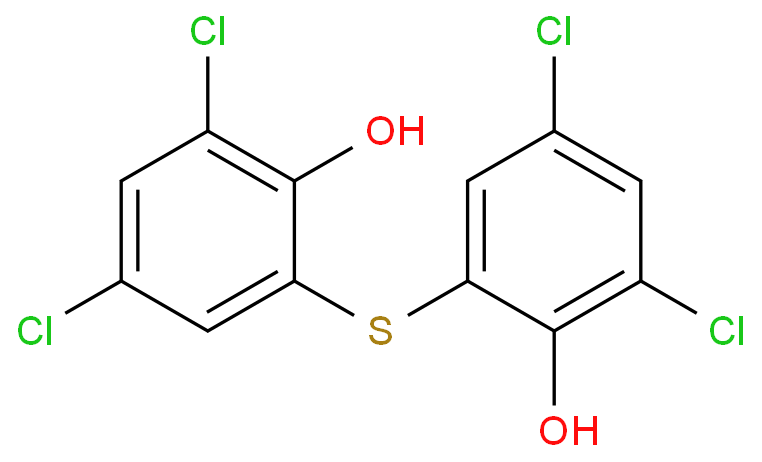2,4-Dichlorophenol, with the chemical formula C6H4Cl2O and CAS registry number 120-83-2, is a compound known for its use as a disinfectant and pesticide. This colorless crystalline solid is characterized by its two chlorine atoms attached to the phenol ring. It is commonly used in the production of herbicides, fungicides, and wood preservatives. 2,4-Dichlorophenol has been studied for its potential toxic effects on humans and the environment. It is an important compound in the field of environmental science and toxicology, contributing to the understanding of chemical pollutants and their impact on ecosystems.
View more+
1. Names and Identifiers
2. Properties
3. Use and Manufacturing
4. Safety and Handling
5. MSDS
6. NMR Spectrum
7. Synthesis Route
8. Precursor and Product
9. Computed Properties
12. Related Questions
13. Realated Product Infomation
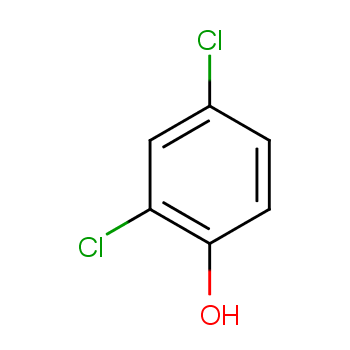
 EN
EN





 ,N
,N ,F
,F














